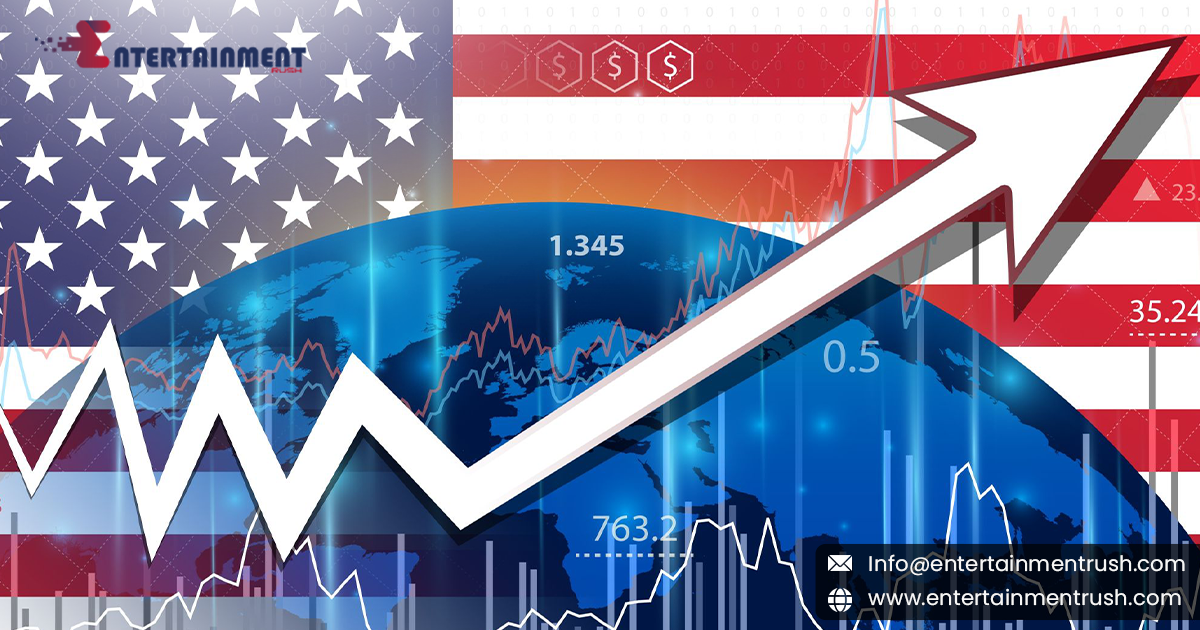As the United States navigates through the complexities of a rapidly evolving global economy, exploring future economic horizons becomes essential for stakeholders across industries and sectors. Anticipating potential losses and gains requires a comprehensive analysis of various factors that shape economic dynamics, from domestic policies to international developments.
Economic Outlook and Key Indicators
Understanding the economic horizon starts with examining key indicators such as Gross Domestic Product (GDP) growth, inflation rates, unemployment figures, and consumer spending patterns. These metrics provide a foundational understanding of the current economic health and potential directions for future growth or contraction. For instance, robust GDP growth often indicates economic vitality, while rising inflation might signal challenges ahead for consumers and businesses alike.
Global Influences and Trade Dynamics
The US economy is deeply interconnected with global markets through trade, investment flows, and geopolitical developments. Changes in global demand for US exports, fluctuations in commodity prices, and shifts in international trade policies can significantly impact domestic economic performance. Forecasting future economic gains involves assessing these global influences and their potential implications on industries ranging from manufacturing to technology and finance.
Technological Advancements and Innovation
Technological innovation continues to drive economic growth and transformation across sectors. Advances in automation, artificial intelligence, and digital infrastructure reshape business operations, workforce requirements, and consumer behaviors. Exploring economic horizons requires monitoring how these technological shifts create new opportunities while potentially displacing traditional jobs, necessitating adaptation and upskilling in the workforce.
Policy and Regulatory Landscape
Government policies and regulatory decisions play a crucial role in shaping economic horizons. Monetary policies set by the Federal Reserve influence interest rates, inflation targets, and financial market stability. Fiscal policies, including tax reforms and government spending initiatives, impact consumer confidence, business investments, and overall economic growth trajectories. Exploring future losses and gains entails anticipating policy shifts and their potential impacts on economic stability and business environments.
Challenges and Opportunities Ahead
Navigating future economic horizons in the US economy involves addressing challenges such as income inequality, demographic shifts, environmental sustainability, and geopolitical uncertainties. These challenges present opportunities for innovation, investment in renewable energy, infrastructure development, and fostering inclusive economic growth strategies.




Leave feedback about this